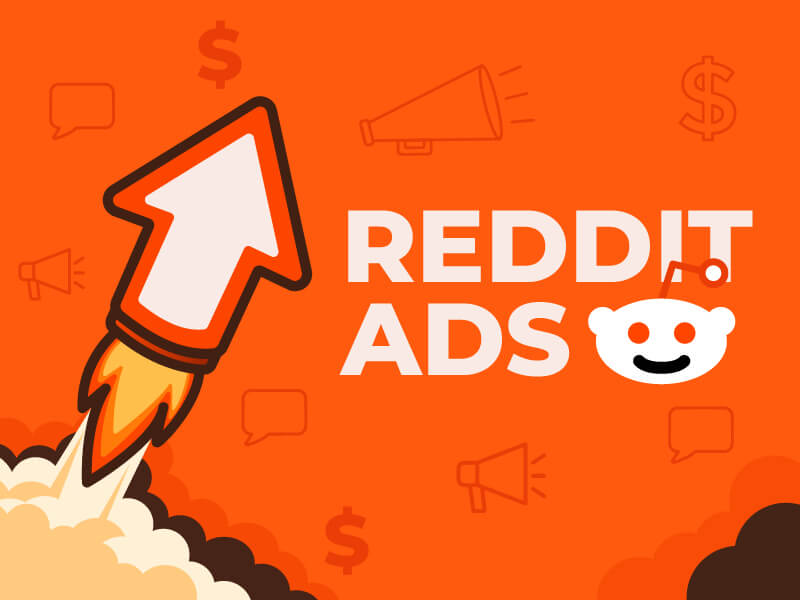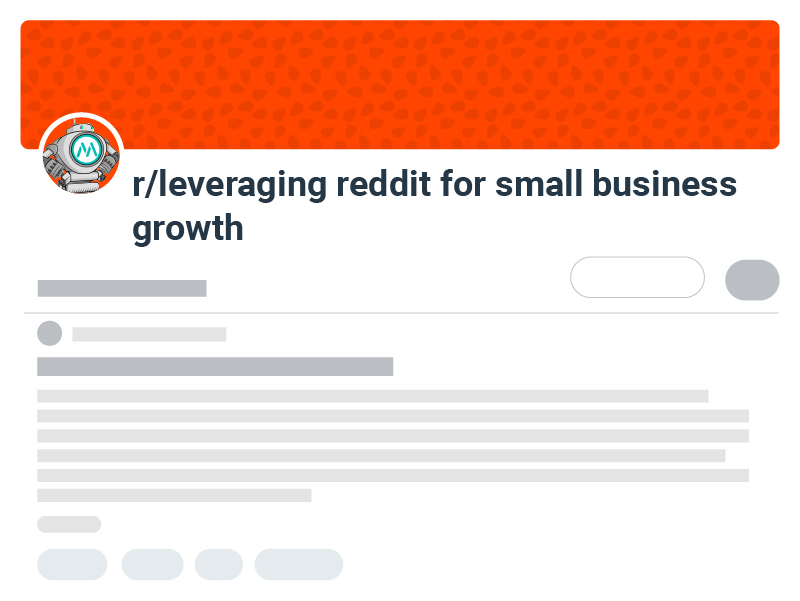In a previous post, we looked at how YouTube can be a springboard for advertisements to bring big brands into the important cultural conversations of our day. That got us thinking – what about the little guys? We know YouTube is a great way for large companies to take advantage of their already sizable audiences – but can it work as a tool for smaller companies to build those audiences in the first place?
Download Our Free Buyer Persona Worksheet to Discover Which Audiences You Should Be Building.
We think yes – it, along with other video platforms like Vimeo, can work great for businesses of all sizes. Here, we’ll take a look at what makes online video content so influential, why it works for bigger brands, and give you some strategies to use as a smaller company to start building that audience.
What Makes Online Video Marketing Content so Influential?
In the past, when a television advertisement would run, the time of airing would inherently represent the peak of its cultural importance. Now, though, that moment is only the beginning of an ad’s long and fruitful life. If an ad has real “juice” to it, it will foster conversations about and sharing of the content. That buzz can create a desire to seek out the ad online. The easiest and most common way for people to do that is through video marketing.
This has not only allowed people to access brands’ advertisements in ways unimagined in a pre-digital world, it has incentivized a wholly new kind of ad. The idea is no longer to come up with a bouncy jingle and witty catchphrase, hoping that (subliminally or otherwise) it will become embedded in the minds of the audience. With video platforms, the onus is on brands to create content that not is not only catchy in the short term, but also smart and relevant upon repeated viewings. A jingle only has to be heard once to stick; but when video content has its shelf life extended indefinitely by its presence on YouTube, you want it to hold up to that extended inspection.
Why Video Marketing can Work for Large Companies and Small Ones:
In the aforementioned post, we looked at a couple of companies whose respective television spots were able to live long, extended lives within the cultural consciousness because of platform like YouTube. In the case of Nike’s “Winner Stays” spot, we saw the power of celebrity in the world of sports. When you add that to smart, funny dialogue and incredibly entertaining (staged, of course) footage of the best soccer players in the world going head-to-head, it’s not surprising that these ads had longer-than-average lifespans. With Always’ “Like a Girl” campaign, a similar result was derived from different ingredients. This ad took up the torch of social justice; skewering the disgusting fact that gender bias still plays as prevalent a role in our lives as it does in the year 2015.
These ads were able to live on in the minds of their audiences because of their production value, their creativity, and their continued life on the web. They weren’t, though, a part of a campaign created specifically through and for the internet. That type of content creation can be very useful for brands as well. This is especially true for companies that don’t have the size and inherent audience of corporations like Nike and Always. While the giants have the ability to create video content in more traditional mediums and then simply transpose them over to YouTube for further engagement, the smaller brands are forced to use YouTube as more of a creative wellspring in and of itself.
In other words, the ways small companies can benefit from video marketing are far more varied. Since they are graced with only a small fraction of the marketing budgets of companies like Nike, they wouldn’t otherwise be able to easily create shareable video content in the first place. Also, they may not have the money for television commercials at all, even at the local level. For them, video platforms like YouTube and Vimeo represent the difference between having video content and not having it – and that’s a very big deal.
Below are some examples of best practices and strategies that smaller companies and organizations can use on with digital video to expand their audience and strengthen their brand.
Explainer Videos
Design & Development: Behind the Scenes with the Buffalo Fan Alliance from Mainstreethost on Vimeo.
Videos like this go a long way towards showing our customer base how much we enjoy our work and how important it is to give our clients real, demonstrable value.
Explainer videos are an excellent way to supplement your small business’ YouTube presence. Regardless of your industry, you only stand to benefit from positioning yourself as an expert and thought leader. Plus, they are simple and affordable to make. Go through the “Frequently Asked Questions” section of your website and find the most common entries. Say, for example, that there is one product in particular that your customers are having issues with. This is a great opportunity to demonstrate in detail how that product should be used to get the most value out of it. This shows that you have a real investment in the value you provide for your customers, and that you don’t want the moment of purchase to be the end of the interaction.
Behind the Scenes at Your Company
Market My Heart – from Mainstreethost on Vimeo
We made this video as an April Fools’ Joke; in it we showcased our brand new (fictional) dating service.
People like to interact with personalities, not companies. For a lot of small businesses, creating this personable image is as simple as being warm and friendly at your in-store location. For many others, though, customer interactions exist on multiple planes and platforms. A customer may use your website to initiate an interaction and be left feeling like their experience was cold and impersonal (this probably means your website’s UX needs some work, but that’s an issue for another post). For situations such as these, it’s important to create content that gives your brand a human face. No content platform is better suited for doing that than a YouTube or Vimeo account for the business. Having videos of your employees enjoying themselves at work or acting out a fictional, funny scenario may seem silly or insubstantial at first; but it’s these types of videos that will make customers want to engage with your brand on a personal level.
Collaborate With a Local Peer or Competitor
Last fall, Burger King reached out to McDonald’s via social media to suggest collaboration. The idea was that on World Peace Day (September 21st), the two fast food giants would join forces and create a pop-up shop in Atlanta (halfway between the two companies’ headquarters, geographically) to sell McWhoppers – get it? Well, as much as the internet loved the idea, McDonald’s declined the invitation with a seemingly polite (but also pretty passive aggressive) Facebook post from their CEO Steve Easterbrook. While it seems like we’ll all have to suffer through the indignity of never tasting the McWhopper, we can learn something from Burger King’s motivation for extending the offer in the first place.
Collaborating with a competitor can be counterintuitive for some business owners, but it truly does represent enormous branding opportunities, especially when coupled with video marketing. People like competition, but they like it to be friendly, so when they see a link to a video of you and a competing business owner collaborating on a funny video, or a video promoting a good cause, they are pleasantly surprised right off the bat. YouTube provides a perfect platform for doing so because it’s so easily accessible and makes sharing your video easy.
Share Your Videos Across Social Media
For over a year now, Facebook has been gearing up for what they see as a battle of titans between themselves and YouTube for video content dominance. As part of this trend, we’ll likely see them continue to make posting YouTube videos on their platform a bit more difficult. So far, we’ve already seen them alter the presentation of videos created directly through Facebook as compared to those imported from YouTube. This kind of thing will continue to evolve, and as marketers we need to adapt to those changes.
For the time being, two important truths remain constant. The first is that, for the reasons listed above, amongst others, maintaining a consistent and creative YouTube presence is still a hugely important marketing tool. The second is that, despite Facebook’s attempts to the contrary, it is still well worth your trouble to distribute your YouTube videos across different social media platforms (although creating native Facebook video ads can also be a lucrative strategy – and Facebook appears to be giving them an algorithmic advantage over their non-native counterparts). Integrating branding strategies across different platforms is vital if you want your audience to remain engaged with your brand beyond just a one-time viewing. Facebook, whether they like it or not, will continue to be a part of that process.
Ultimately, video content is an integral part of the way we interact with the web. As UX design and wireless connection technology continue to progress, platforms like YouTube and Vimeo will evolve and improve as well, drawing more and more engagement from users. As businesses trying to increase audience size, it’s in our best interests to stay abreast of how to take advantage of that engagement. These strategies are certainly not an exhaustive account of how that can be done – as with most things web-related, the possibilities are endless – but we think they offer some good first steps for a smaller brand hoping to build an audience through digital video.






